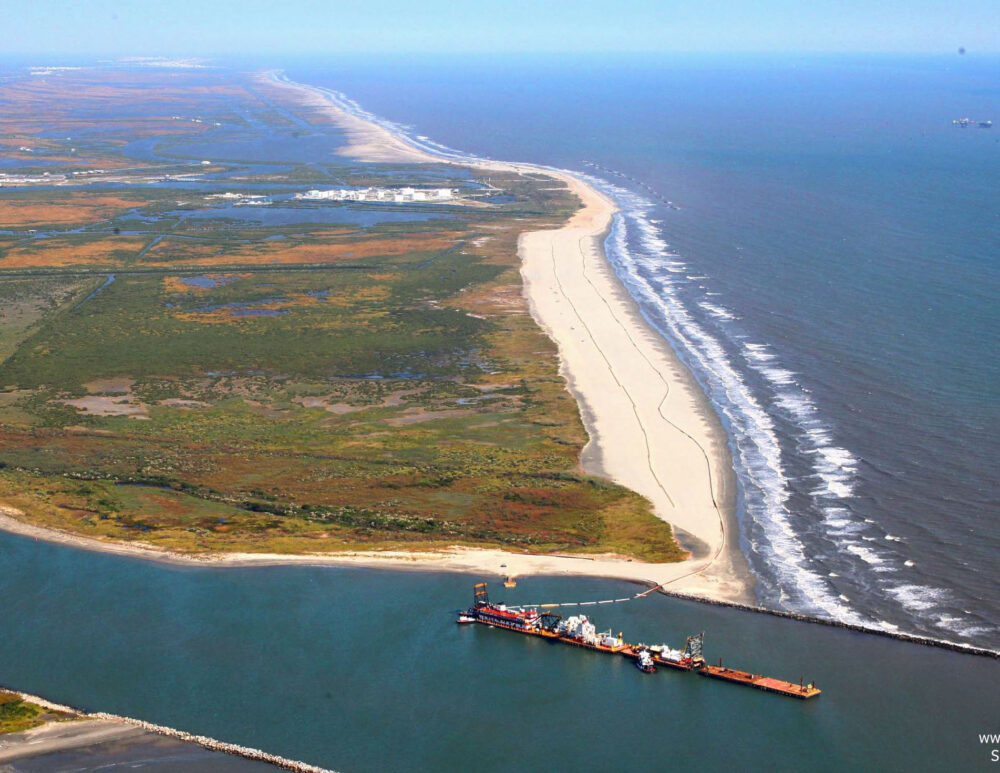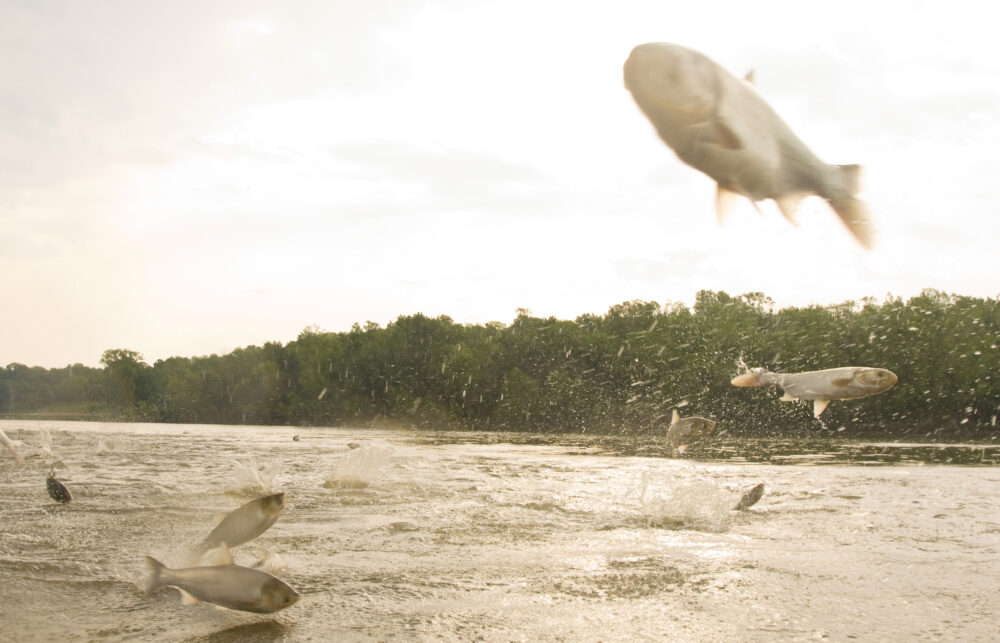We have much more to do and your continued support is needed now more than ever.
National Wildlife Refuge Week: October 11
In 1903, President Theodore Roosevelt officially started the National Wildlife Refuge System when he protected Pelican Island Refuge in Florida.
Some years later, In 1934, and after the ad hoc addition of more refuges along with the passage of the Migratory Bird Conservation Act, President Franklin Roosevelt appointed a blue ribbon panel to study waterfowl needs nationwide. The panel included conservationists Aldo Leopold, Thomas Beck and NWF’s principal founder Jay Norwood “Ding” Darling. This trio lobbied vigorously for increased funding and support of a more systemic approach to wildlife conservation. Wildlife was suffering from drought, severe over harvesting, and habitat loss.
Ding Darling was soon appointed to head of the new Bureau of Biological Survey and recruited J. Clark Salyer II to head up its fledgling refuge program. Salyer worked tirelessly for the next 31 years to build the national system and maintain its integrity.
On the 75th anniversary of Darling and Salyer working to expand the Refuge System, there is a profound new threat — global warming. Sea level rise, the drying up of the Prairie wetlands, loss of native vegetation and shifts in bird migration patterns could alter wildlife management in the U.S. as never before. The Fish and Wildlife Service recently issued a new climate change strategy which points out the importance of adaptation and mitigation going forward.
So, as we celebrate National Wildlife Refuge Week this year, we would do well to be looking at how climate change will challenge us to keep what was built over the past century from unravleing in this century.




















